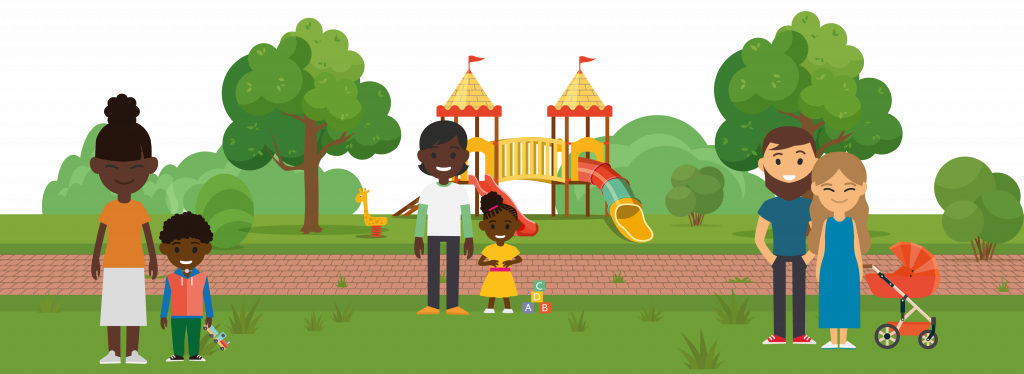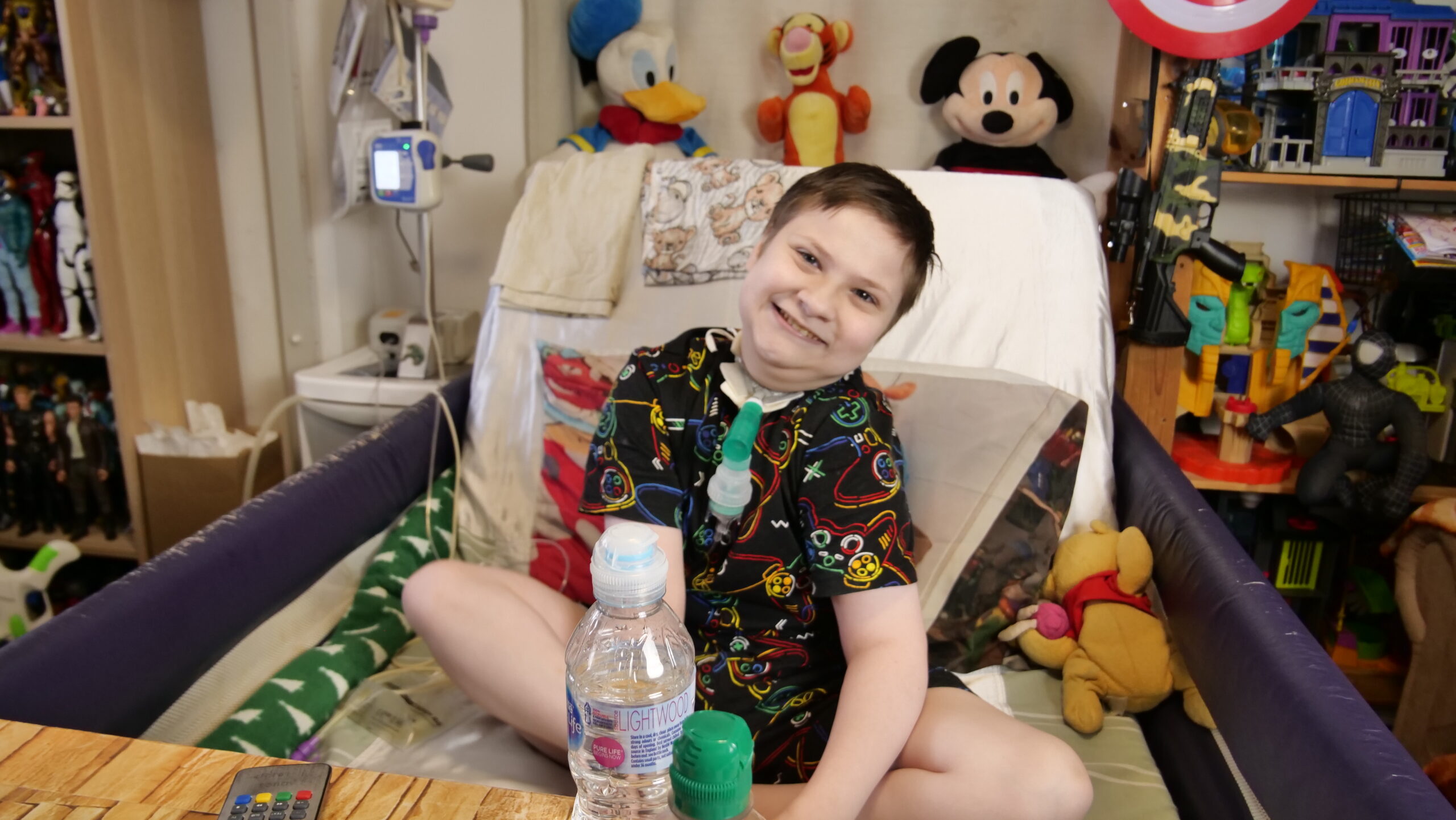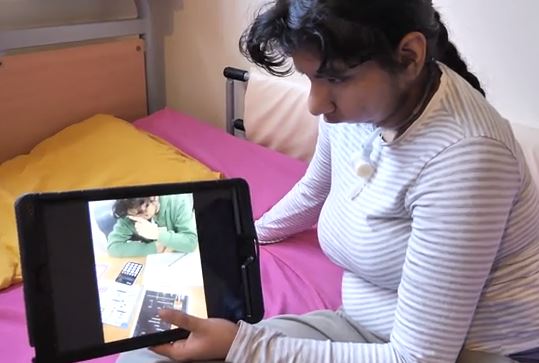Our Children’s Complex Care team use the Quality Reflective Cycle to evaluate, analyse, and make improvements to the quality of care we deliver for children and young people with complex needs.
The approach, based on Gibbs’ Reflective Cycle, helps us to examine quality of care based on real experiences. It provides a framework that allows us to build on things that work well, or not so well, by developing clear action plans.
The cycle has six stages and puts quality at the forefront of reflection. We use it to highlight areas or events that demonstrate quality. Its also used to learn from and prevent events we want to avoid.
Using the cycle helps us to ensure delivery of care is safe, effective, and of the highest quality.

Stages of the Quality Reflective Cycle
1. Description
This first stage looks at facts. It describes what we already know about the event in detail and requires context, so everyone has all the relevant information.
This includes asking:
- What happened and in what order?
- Where did it happen and who was involved?
- What did we do and what did others do?
2. Feelings
Once we have the details, we consider the elements that may have had an impact on the event. This includes our honest thoughts, rationale and emotions on the situation.
- How did we feel at the time and how might this have impacted the situation?
- Were there things that could have affected other’s actions or behaviours?
- Were there any known or perceived difficulties?
- How might other people involved have felt at the time?
3. Evaluation
The evaluation stage looks at how the event was handled and what could have been done differently. It’s important we consider both what went well and what didn’t go well at this point.
- How did we react and how did others around us respond?
- What was good and bad about the event and how it was dealt with?
- How could facts and feelings have affected this?
- What other factors affected our actions?
4. Analysis
During analysis, we look at individual aspects of the event. Throughout this, we consider why they happened and what could have been done differently for better outcomes. We also compare what happened against our quality framework, best practice and clinical governance processes.
- Why did this event happen? How could it have been avoided?
- What did we do well? What did we miss?
- In hindsight, how could things have been different?
- How could the event influence our future actions or approach?
5. Conclusion
This is one of the most important stages. After analysis of the event, we look at what we’ve learnt and how we will use this to inform our quality provision and approach going forward.
- What have we leant and what changes or improvements need to be made as a result?
- How can we build on positive parts of the event?
- What questions remain or need more thought?
- How would changes or improvements make a difference?
6. Action Plan
During the final stage, we develop an action plan, so events never reoccur. This is vital when making improvements to quality and ensures we always challenge ourselves to do better.
- What will we do to prevent this from happening again?
- What resources or process are needed to help us achieve this?
- How will we communicate this and the outcomes to those involved?
Why this is important
The Quality Reflective Cycle plays a key role in our clinical governance approach because it helps us to learn from care provision and when things change over time.
It means we can continue delivering safe, effective and evidence-based care because we constantly ask staff to put quality front and centre, while developing their skills.
By identifying our role in incidents or events, we then understand how they can be avoided altogether and can make real changes when reviewing quality of care.


 More success stories
More success stories 







